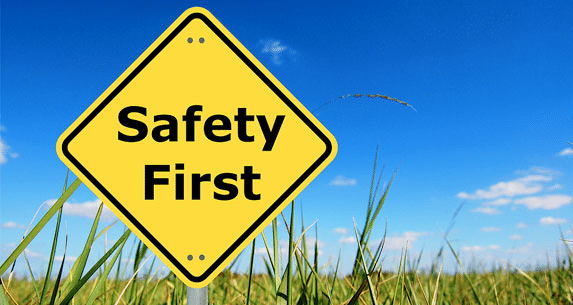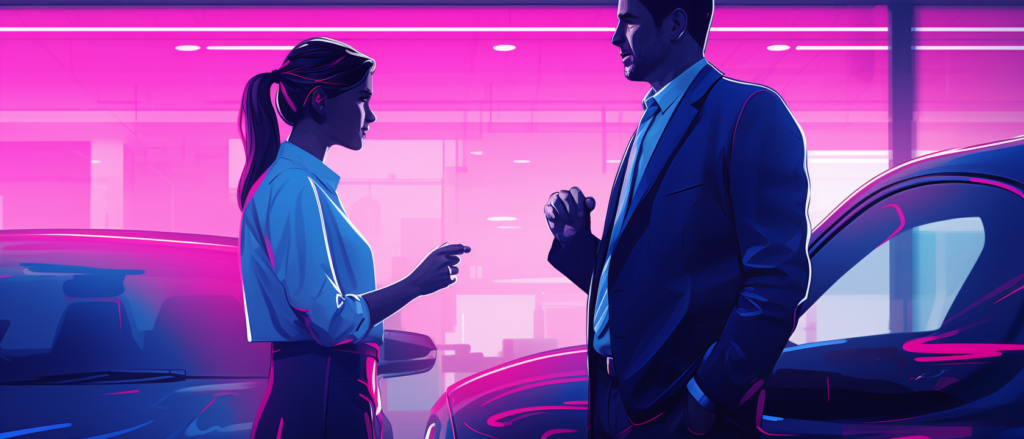When someone asks you what you do for a job in a social situation, do you try and talk it up and expand your responsibilities awkwardly, do you start a coughing fit and hope the person will forget you never answered, or do you proudly tell them what you do and who you work for?
At times in my career, my response may not have been that interesting to others, or I may have answered vaguely, but for the first time, I’m just thrilled to tell anyone what we are doing here at Optalert. And, when I start talking, the room tends to go silent, as other people are equally amazed and impressed with the products we have developed over the years.

The fascinating story of drowsiness detection
Of course, I’m not responsible the technology behind our products, but ever since joining three years ago, I find people are fascinated by field of drowsiness detection and the real-time monitoring we do.
Everyone knows someone who suffers from a sleeping disorder, or who may be at risk of a drowsy driving incident. Whether it is a friend, another business or the head of the regional trucking association, drowsy driving can affect us all. At a recent networking breakfast I was inundated with referrals because people are genuinely interested in helping others to save lives and they see Optalert’s technology as being central to the fatigue-management solution.
Before I started, I had seen Optalert Founding Director Dr Murray Johns on ABC’s New Inventors and Catalyst.
I remembered him describing a solution that would protect drivers from the dangers of drowsiness. And this is one thing Murray is particularly passionate about, measuring drowsiness, not fatigue. It is drowsiness that occurs before sleep onset that puts you in danger, and no one is able to self-manage that state. You don’t know when you are going to fall asleep which is why you so often wake up on the couch.
And if you are not a great sleeper, you get so used to the feeling of being tired; you don’t recognise you are at risk, which is why Optalert’s technology is so important.
All-hour protection
When I tell people Optalert now offers a solution that protects drivers: to work, at work and home safe, they are astounded.
I often talk about the Fly In Fly Out (FIFO) workers who fly from the Pilbara in WA to Perth airport then drive to Albany or Esperance after two weeks on the job. They’ve had not enough quality sleep, and yet they are on the road for hours before reaching home. Or there are the Drive in Drive Out (DIDO) workers who drive in and out of mines all up and down the East Coast of Australia.
Often companies are not responsible for their workers after they finish their shift, but who is looking after them and the other drivers sharing the roads?
While Optalert sells in a business-to-business model, if I’m approached by an individual working for a company who doesn’t have this kind of technology, I say “tell your management they need to invest in your safety”.
It’s too important not to.
As a manager myself, I choose products that are tried and tested. If I were making the decision, I would be choosing a product which was scientifically validated by Harvard Medical School, used at NASA and at some of the top tier mining companies around the world.
It’s a really great Australian story and I’m proud to say I’m working for them. For me, Optalert is a safe bet.


